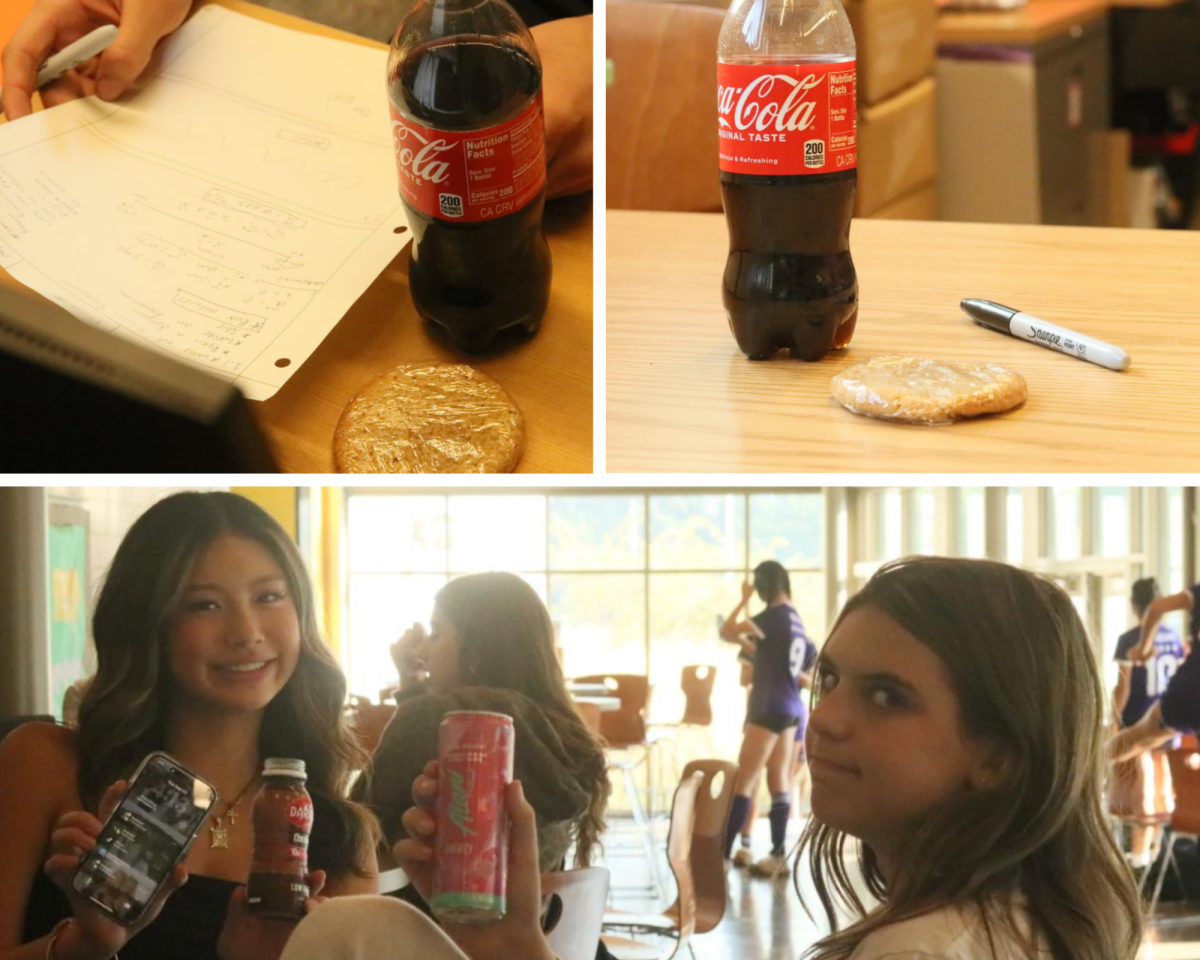Our area is expected to see more rain this week alone than it did all summer. By mid- July we had seen 25 days above 80 degrees, compared to the eight days recorded the year before. On Aug. 21, our area topped the list of cities with the worst air quality because of hazardous wildfire smoke. Junior Jack Periard explains that, “The reason I still wear a mask isn’t actually because of COVID, – it’s because of the air quality.” Climate change is here, and it impacts our lives more every year – it is imperative that schools become part of the solution. Each year, U.S. school systems emit the same amount of carbon dioxide as eight million homes. However, only 4 percent of districts have set targets for reducing their carbon footprint. Living in an area so susceptible to the impacts of climate change, the Issaquah School District must develop a sustainability plan, and lead the way for other Washington schools to follow.
There are many myths surrounding energy in schools. We frequently hear that improvements to our school’s bus system are not necessary, because as a form of public transportation, it is already good enough. In reality, our buses run on diesel fuel. The use of diesel increases cancer risks and pollutes our air with gaseous substances and fine particulate matter. The Conversation reports that “nationwide, diesel-powered school buses produce more than 5 million tons of carbon dioxide emissions.” By replacing our fleet with clean, electric buses, not only are emission levels cut down, but cleaner air can improve test scores and bidirectional charging capabilities can make our local grids more resilient. While electrifying our fleet of school buses might come with a large upfront cost, it would be offset in the long run by lower maintenance costs. Freshman Yosha Bhardwaj supports this when she says, “With today’s capabilities and the technology available, electric school buses can be a solution.”
The amount of money that schools spend on energy surpasses what they spend on student resources like computers and textbooks. Heating and cooling (HVAC) systems are one of the primary sources of a school’s energy output. Sixty percent of those HVAC systems are powered by fossil fuels, which is the primary driver of climate change. As our weather becomes more extreme, and demands more of our heating and cooling systems, the Issaquah School District’s climate action plan must stop being part of the cause and become a part of the solution by electrifying.
The New York Times estimates that “if all of the roughly 130,000 K-12 schools were to fully transition to solar, Generation180 calculated there’d be an annual reduction of 60 million metric tons in carbon emissions, the equivalent of shuttering 16 coal-fired power plants.” Sophomore Anika Mandra poses a different view: “Again, it depends on the school’s location and region. Like in Seattle, it’s gloomy and rainy for so many months. Solar would only be helpful in the summer when we’re not in school.” Despite this, measures can be taken to maximize sun exposure and minimize costs. The school district should have a plan to take advantage of the tax incentives made available by the recently passed Inflation Reduction Act. Going solar not only reduces emissions, but also saves money, provides learning opportunities and increases resiliency by reducing the energy burdens on the grid.
Being a part of the climate solution is commonly viewed as costly, and requiring sacrifice – cutting back on energy use, reducing meat consumption, and driving less. In actuality, it comes with cost savings and gaining efficiency and resiliency. In a Virgina school district, The New York Times explains that “solar systems installed at its schools were also forecast to save the Louisa district up to $8 million over three decades, and though no savings were expected for the first year, 2021, the spike in energy costs meant they ended up saving $4,000 in the first six months.” The National Renewable Energy Laboratory (NREL) estimates that all schools can save $1.5 billion a year by implementing energy improvements. Costs and barriers will always be present when making a change. It is important to not let these common misconceptions prevent action.
The Issaquah School District needs to pave the way in being part of the climate solution by developing a climate action plan. Senior Will St. Andre expresses that “[the climate crisis] is a huge issue that the younger generation will have to live with, and its apart of our growing world.” While students’ minds gravitate towards implementing solar energy solutions as the lowest hanging fruit, this plan must be comprehensive and address bus fleets, and HVAC systems. These measures will improve air quality, overall health, student academic performance, and our community’s resiliency.






